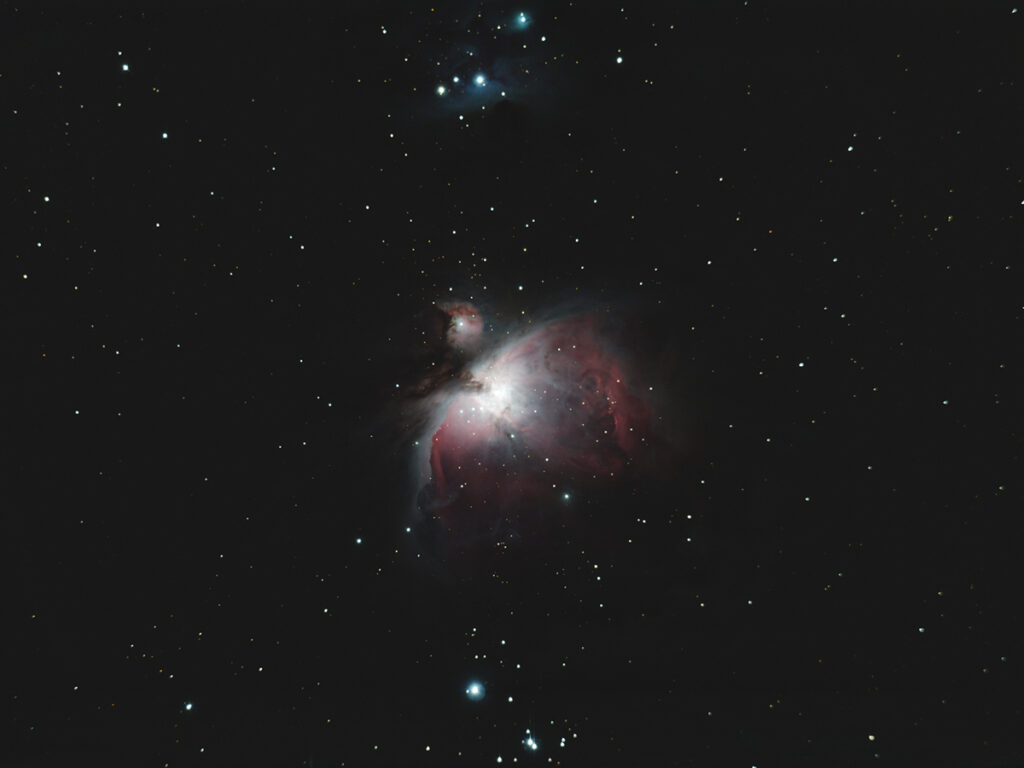
Telescope: Meade SN10 at f/4, Orion Atlas EQ-G
Camera: Full Spectrum Modified Nikon D810
Filter: GSO IR Blocking Filter
Guide scope: Williams Optics 50mm, ASI290MM mini, PHD
Exposure: 65x10sec, ISO 200, saved as RAW
Darks: None
Flats: 32×1/50sec, tee shirt flats taken at dusk
Average Light Pollution: Red zone, poor transparency
Lensed Sky Quality Meter: 18.1 mag/arc-sec^2
Stacking: Mean with a 1-sigma clip.
White Balance: Nebulosity Automatic
Software: Backyard Nikon, Nebulosity, Deep Sky Stacker, Photoshop
This is the first-light image taken with my new-to-me full spectrum modified Nikon D810. I had the usual first night out surprises that were quickly dealt with and I had just a few minutes to catch M42 before it reached the meridian, but I couldn’t resist using it as my first-light target. (I am limited to imaging on the east side of the meridian, so I gotta be quick to catch some targets in the early evening.) This turned out to be an incredibly fast system and exposures longer than 10 seconds would saturate the core and at 20 seconds and I was imaging skyglow. Also, the version of Backyard Nikon that I am running doesn’t support the LENR of the D810, so I was clicking off frames pretty quickly. This turned out to be the first target of 17 that I would visit before dawn with well over a thousand subs. I quickly processed this set to take a peek at how well it worked and I was very happy with the result given the poor transparency. We’ll see how the rest turned out!
This field shows the Great Nebula bracketed by NGC 1977 to the north and NGC 1980 to the south, forming the Sword of Orion. This is a wonderful region to explore with binoculars or a small telescope. Visually the nebula shows a soft gray and displays a wealth of fine detail. This is also a very rewarding region to photograph and even short exposures show a range of beautiful colors. The red of the Great Nebula is the emission of hydrogen set aglow by hot young stars within the nebula while the smoky blue/gray of M42 and the soft blue of NGC 1977 is starlight reflecting off of interstellar dust. The dark lanes are veils of dust in the foreground.
The Sword of Orion is currently well placed in the south as the sky darkens.
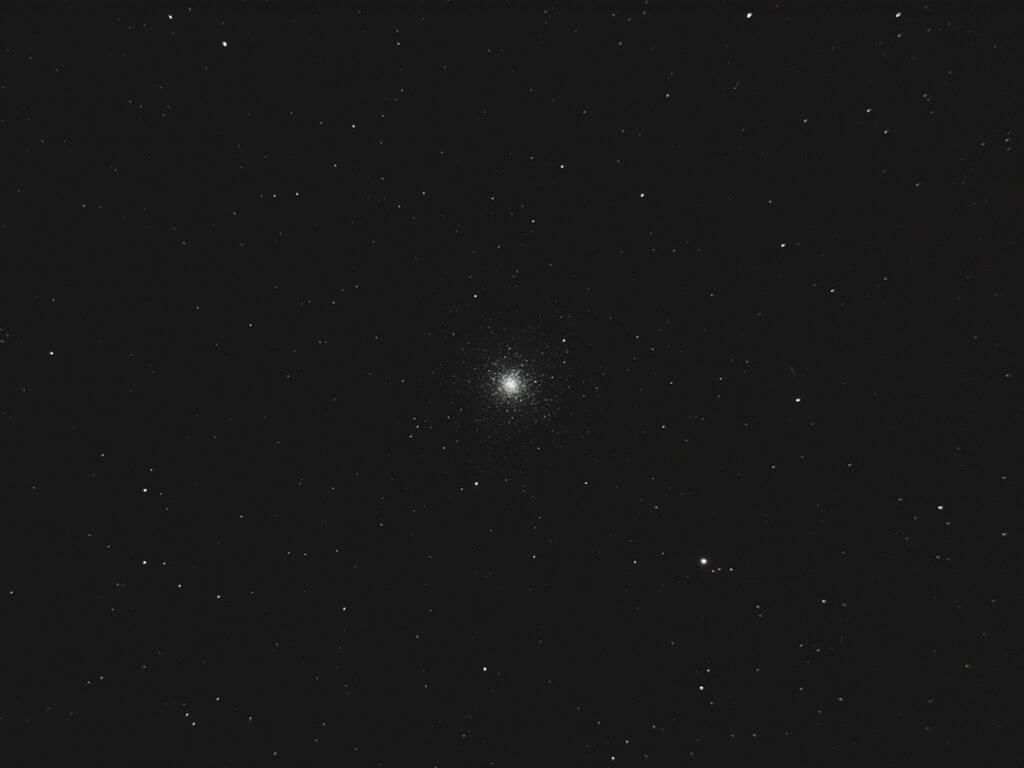
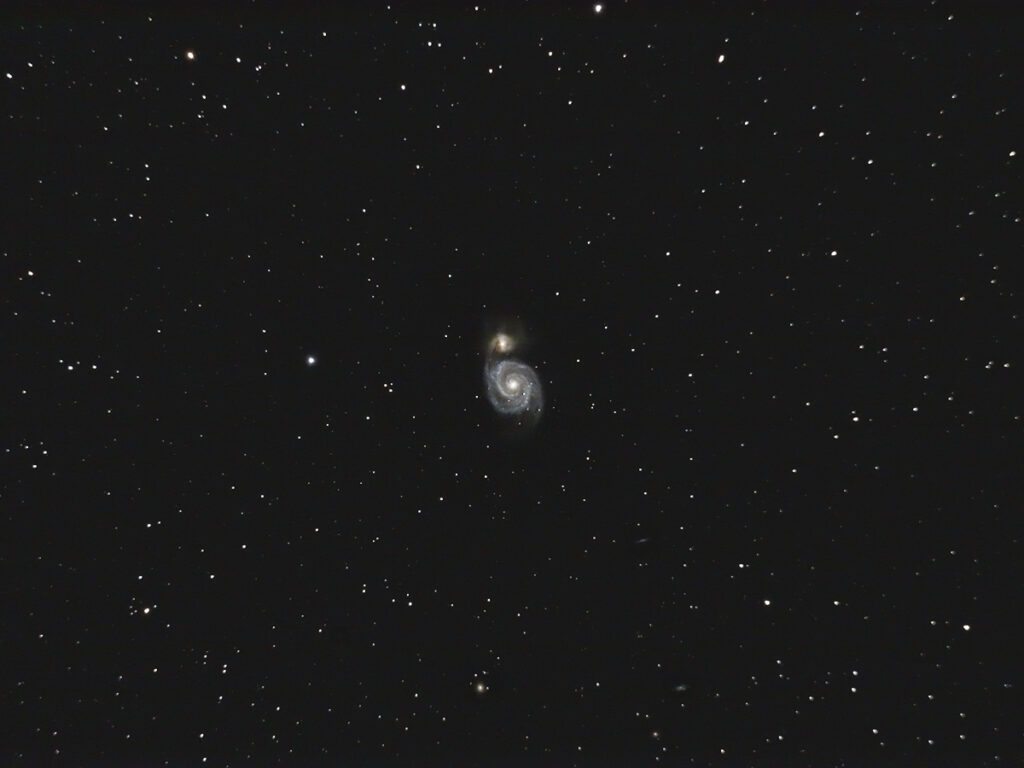
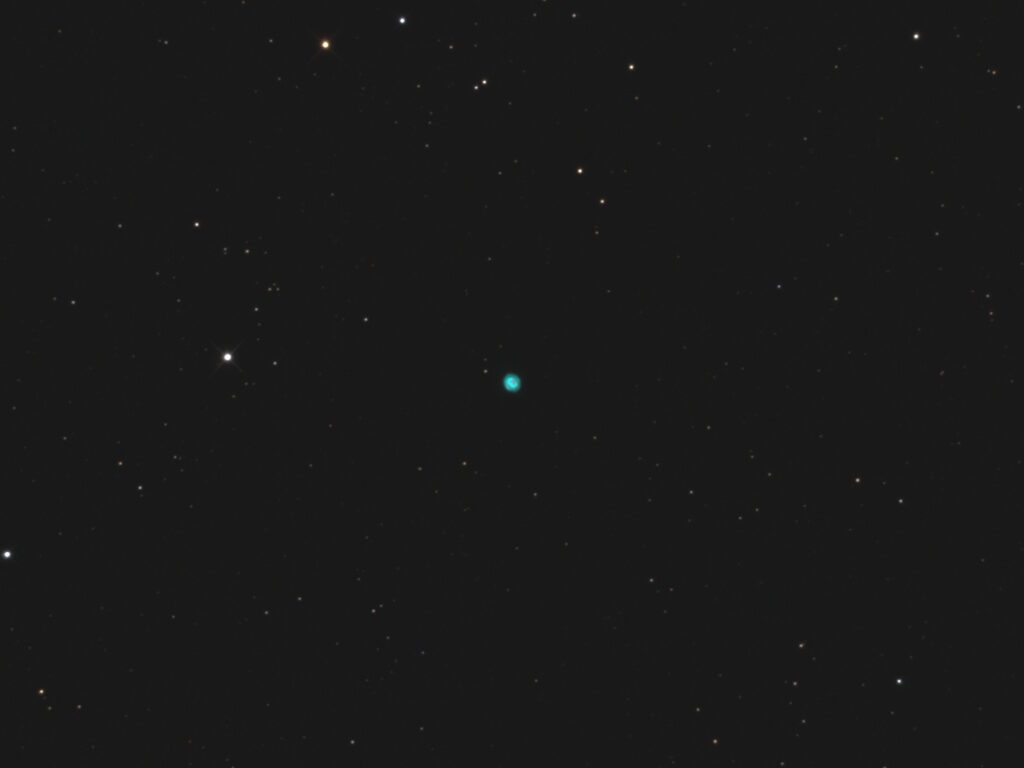

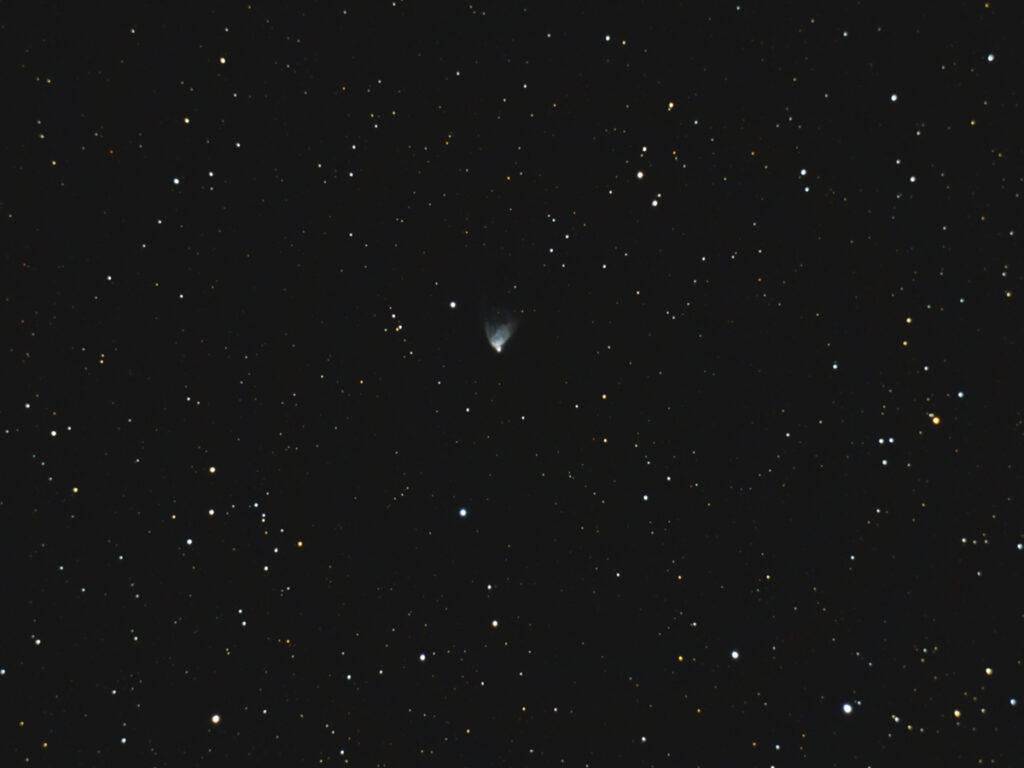
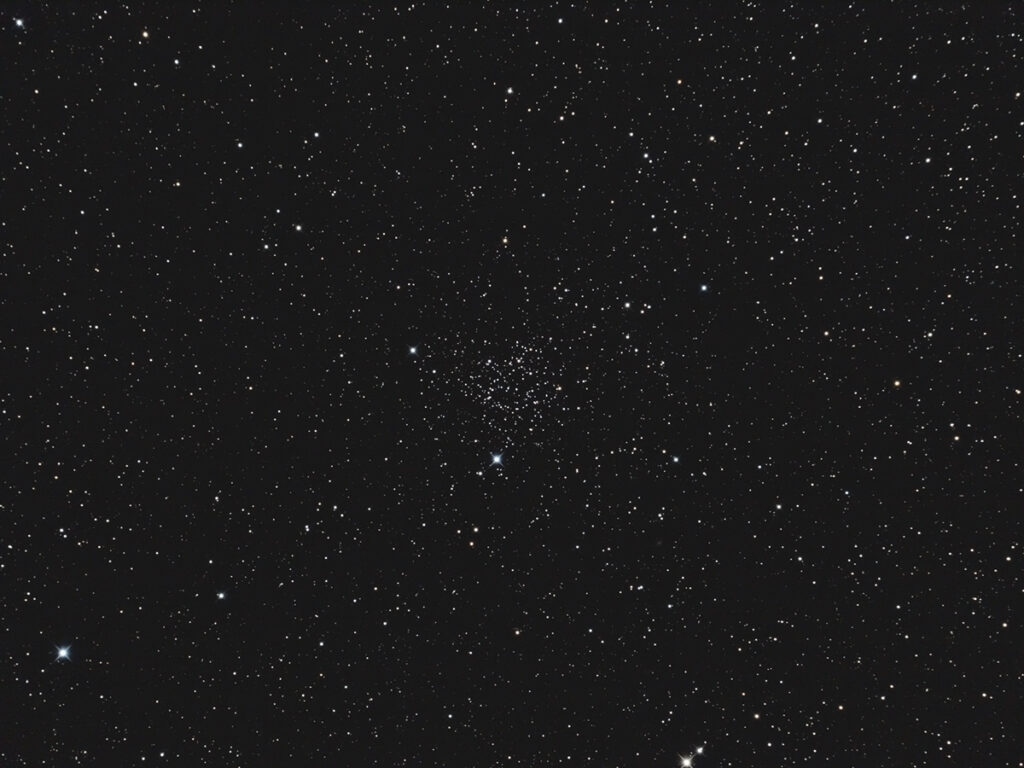
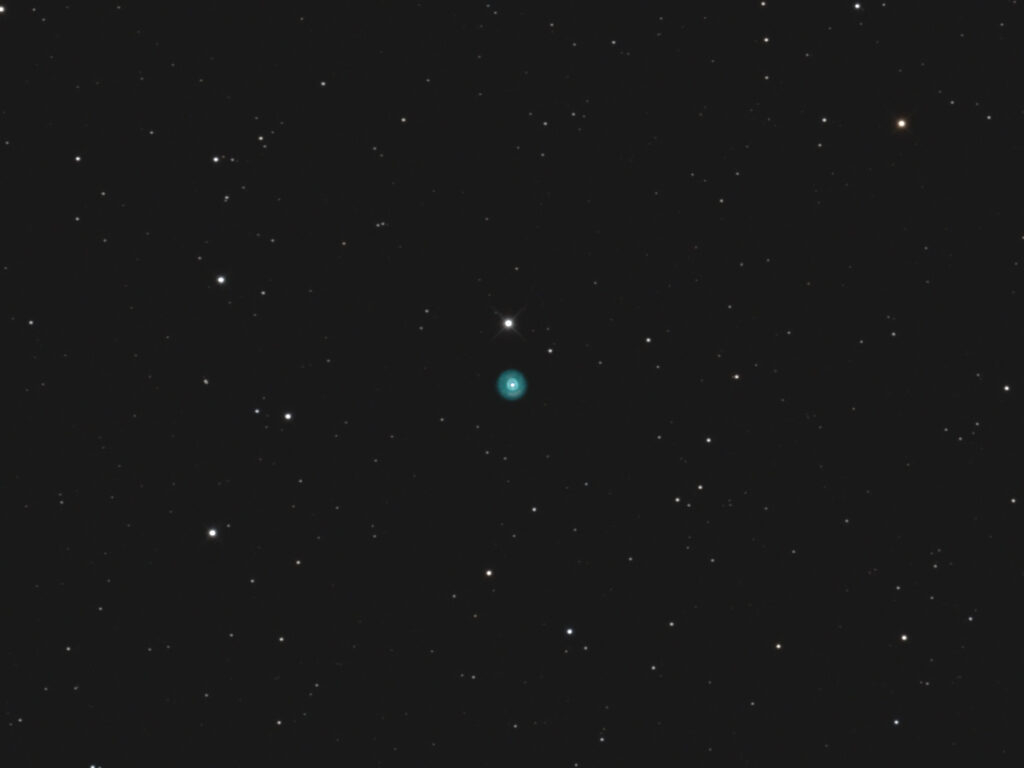
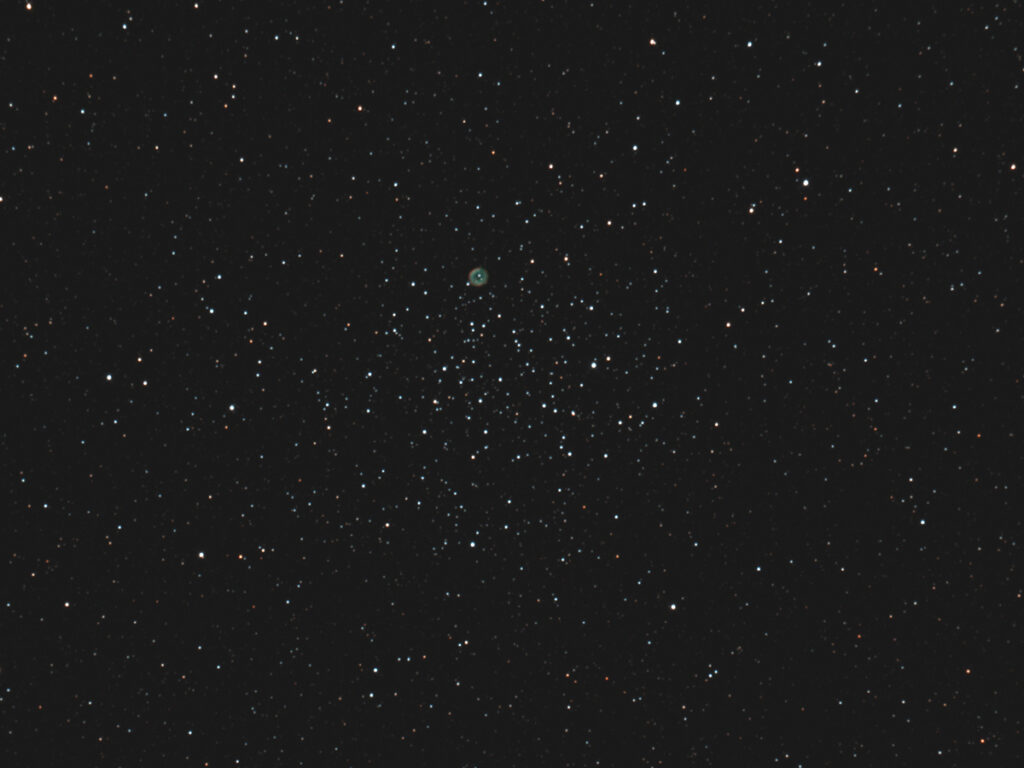

Recent Comments